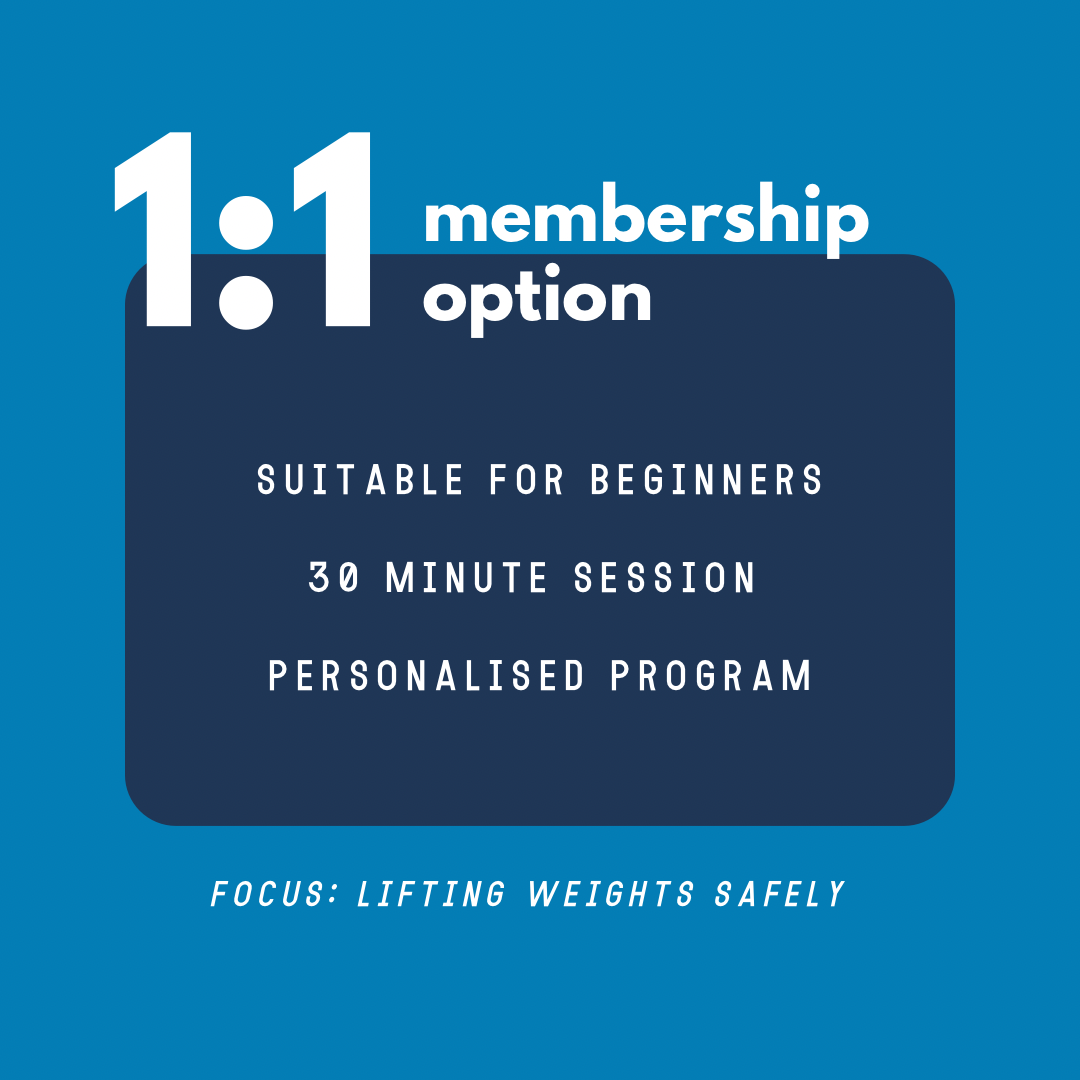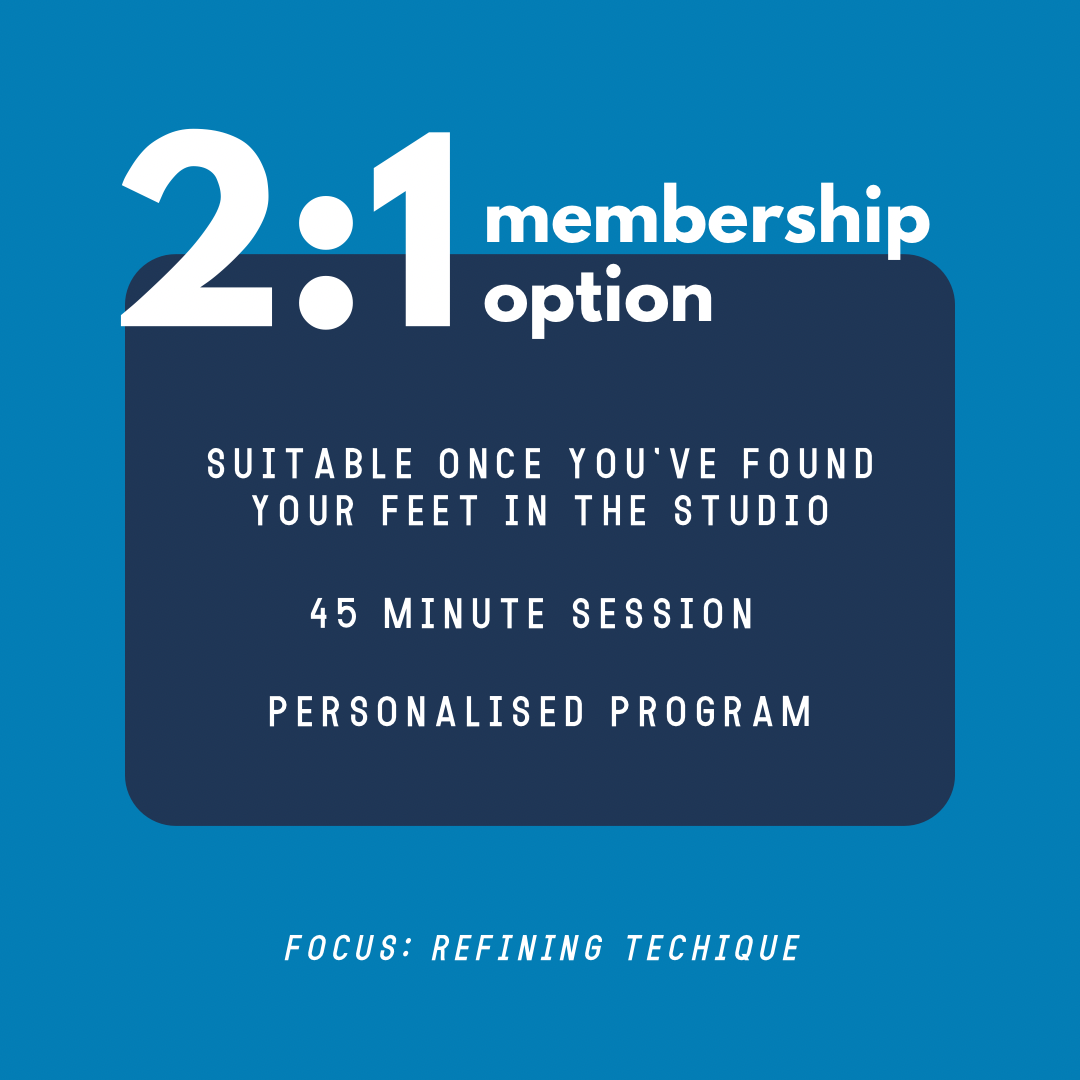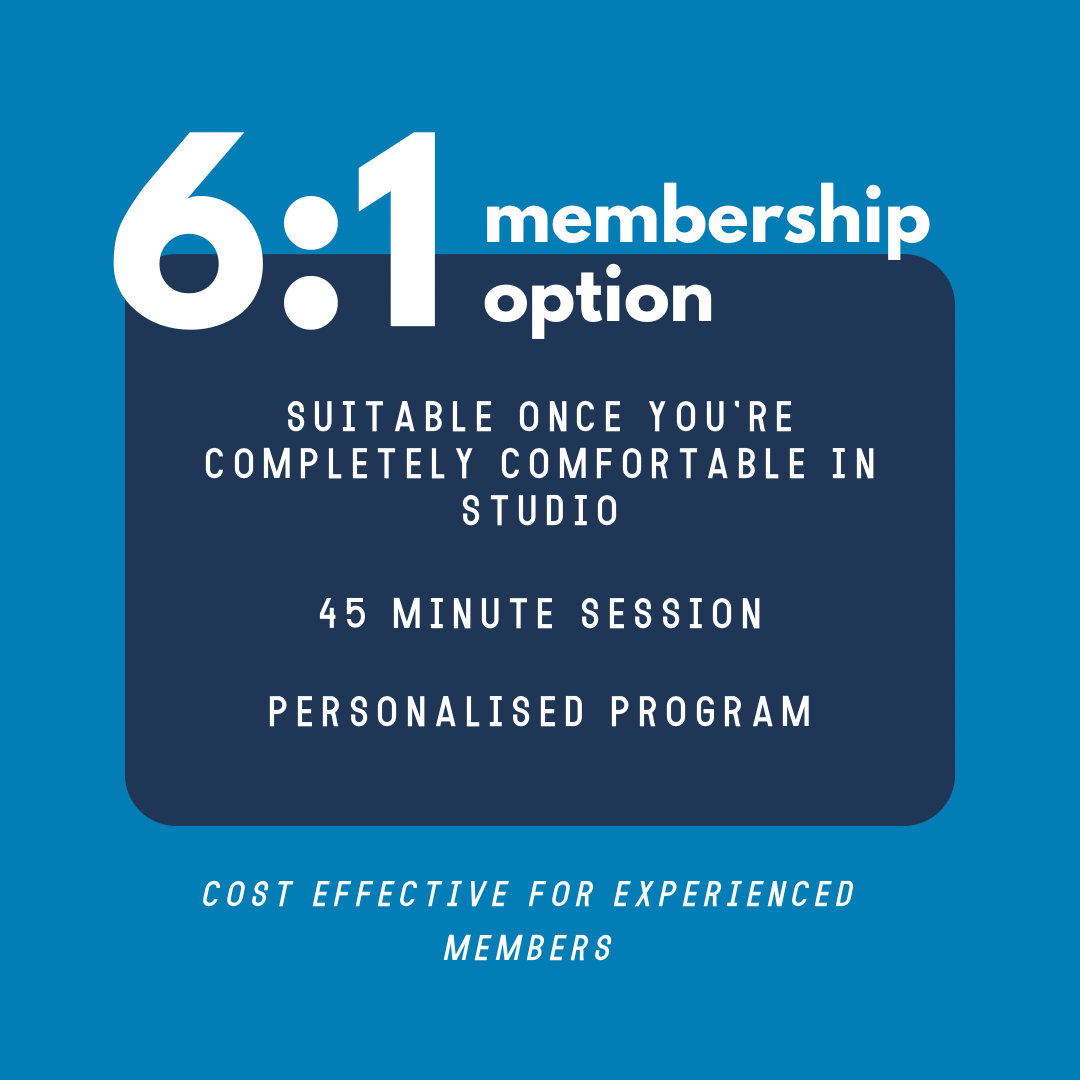This is all about food choice. Carbohydrates are either Low GI or High GI.When we have high GI foods our blood sugar levels rise quickly, insulin gets pumped out which slows down metabolism, makes us feel sluggish and converts to fat easily.
High GI foods convert to sugar quickly, yes this is food such as white bread, white rice and sugary foods (desserts). For a comprehensive list click here. As a guide anything under 55 is low GI, anything above 65 is High GI and should be avoided.
We still need carbs for glycogen (main energy source) but we need it in low GI form, so that it is slowly broken down into sugar form leading to more stable insulin levels and no huge spikes and dips of energy throughout the day.
2. Calories in v Calories out
One of the more common aspects of weight loss that often gets talked about but it its true: You must have an expenditure at the end of day to lose weight. You have to burn more calories than what calories you consume.
How to do this: You can be active, do more exercise, work harder or eat less calories.
So ideally to reduce our calories in, we eat less of the bad foods and more of the good ones. To increase our calories out we exercise more. A combination of these two will lead to weight loss.
3. Exercise Consistently.
It takes discipline and commitment to achieve lasting results that you can be proud of.4. Try your Best
This is the most important you need to TRY! You need to want to succeed, that desire is what leads to success.
Push yourself out of your comfort zone. Then you will improve.In Summary:
- Moderate sugar intake but don’t moderate carbs we still need them as they provide glycogen to fuel our brain and body.
- At the start of the week write down 4 times that you will train in the week and stick to it.
- Habits take anywhere between 21-66 days to create, usually harder tasks are closer to 2 months, once exercise and healthy living is a habit it becomes second nature.
- Commit to yourself and commit to the process




